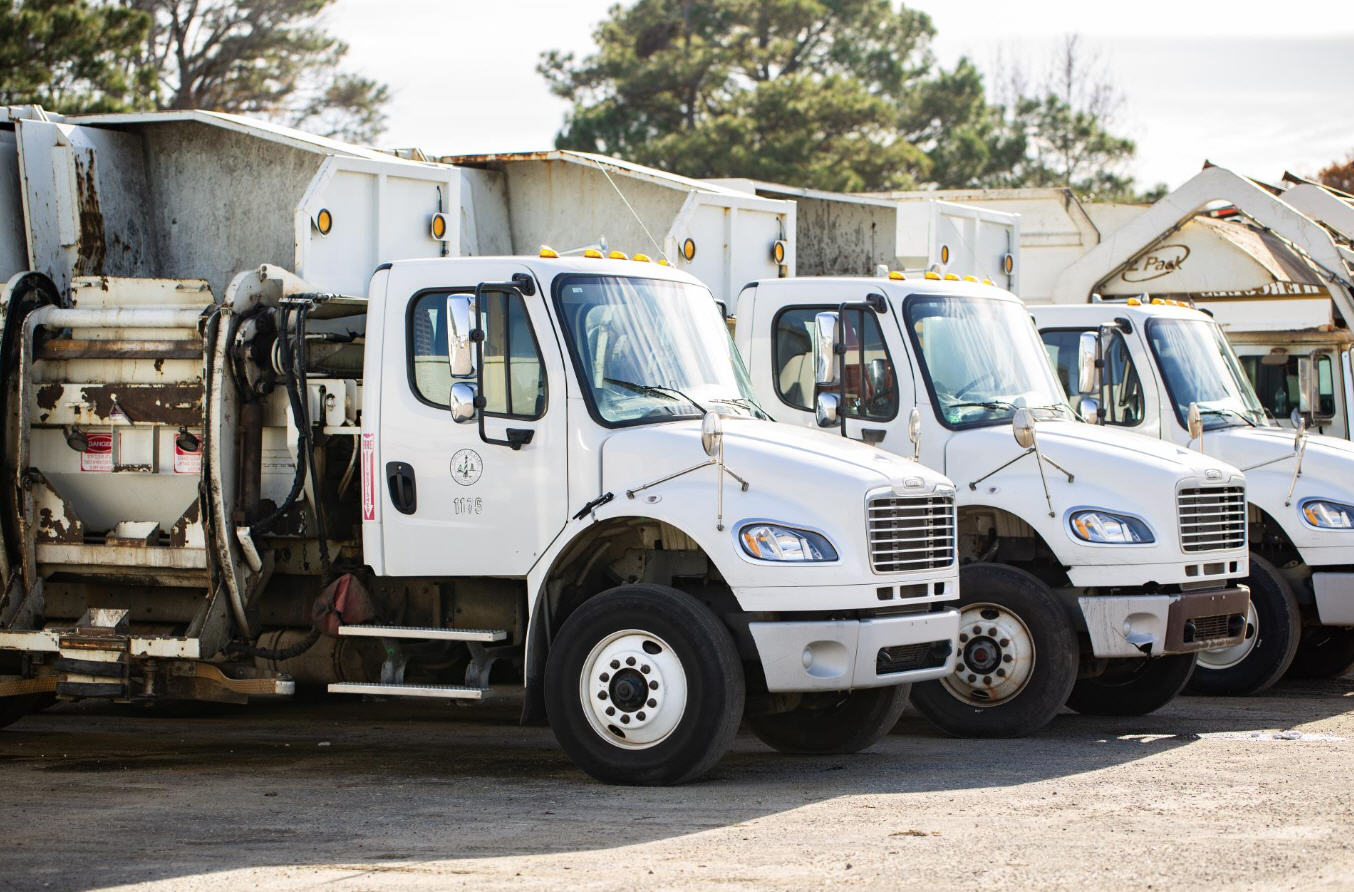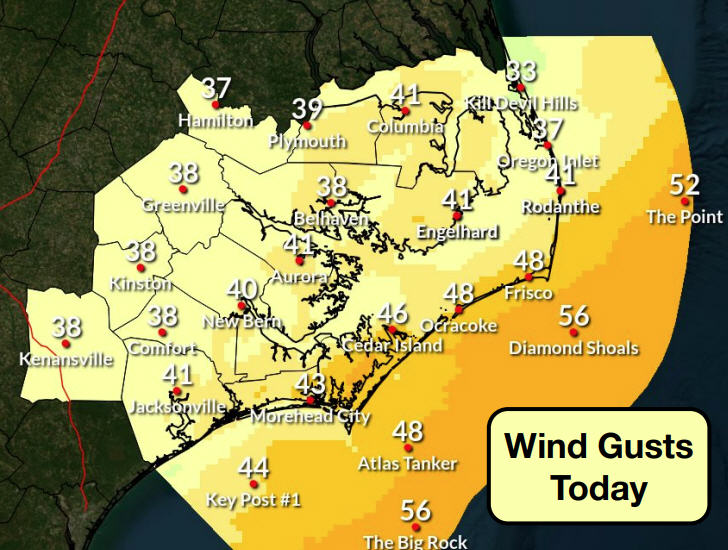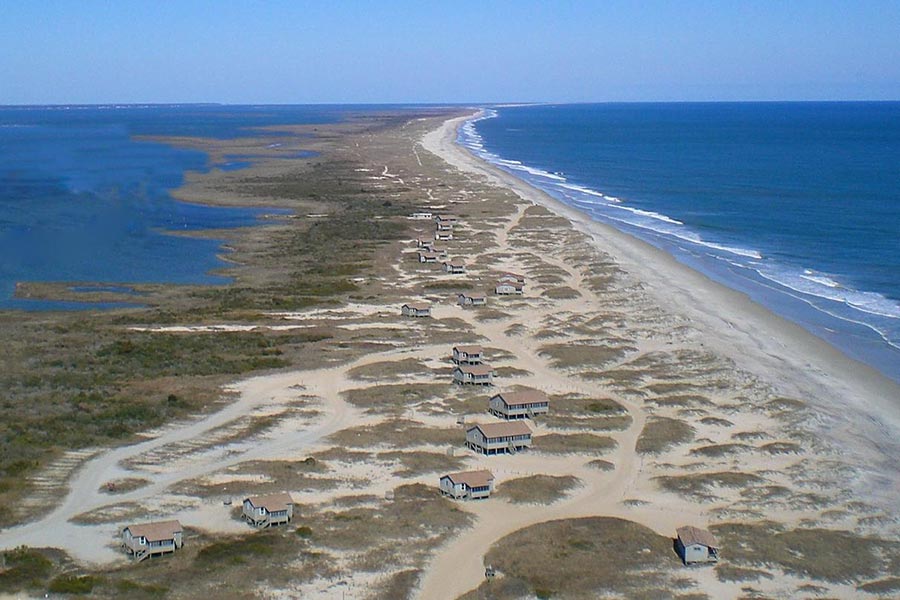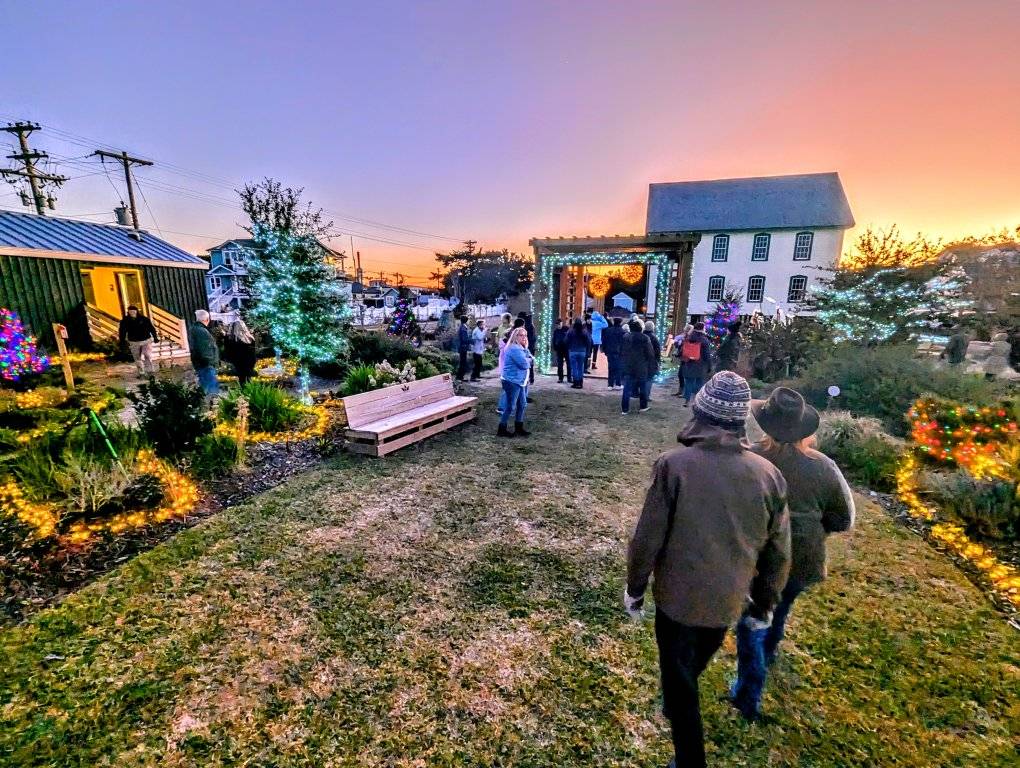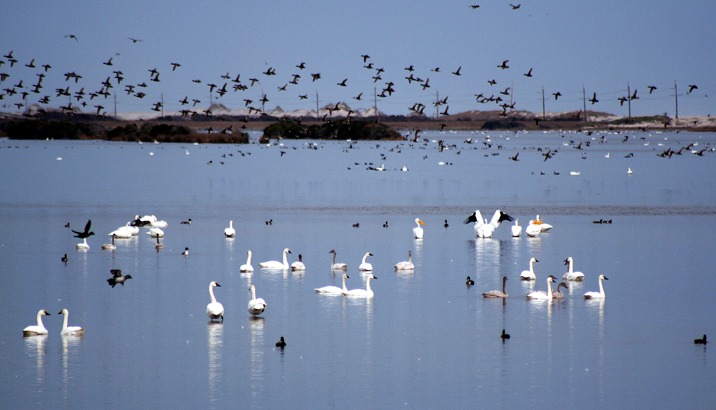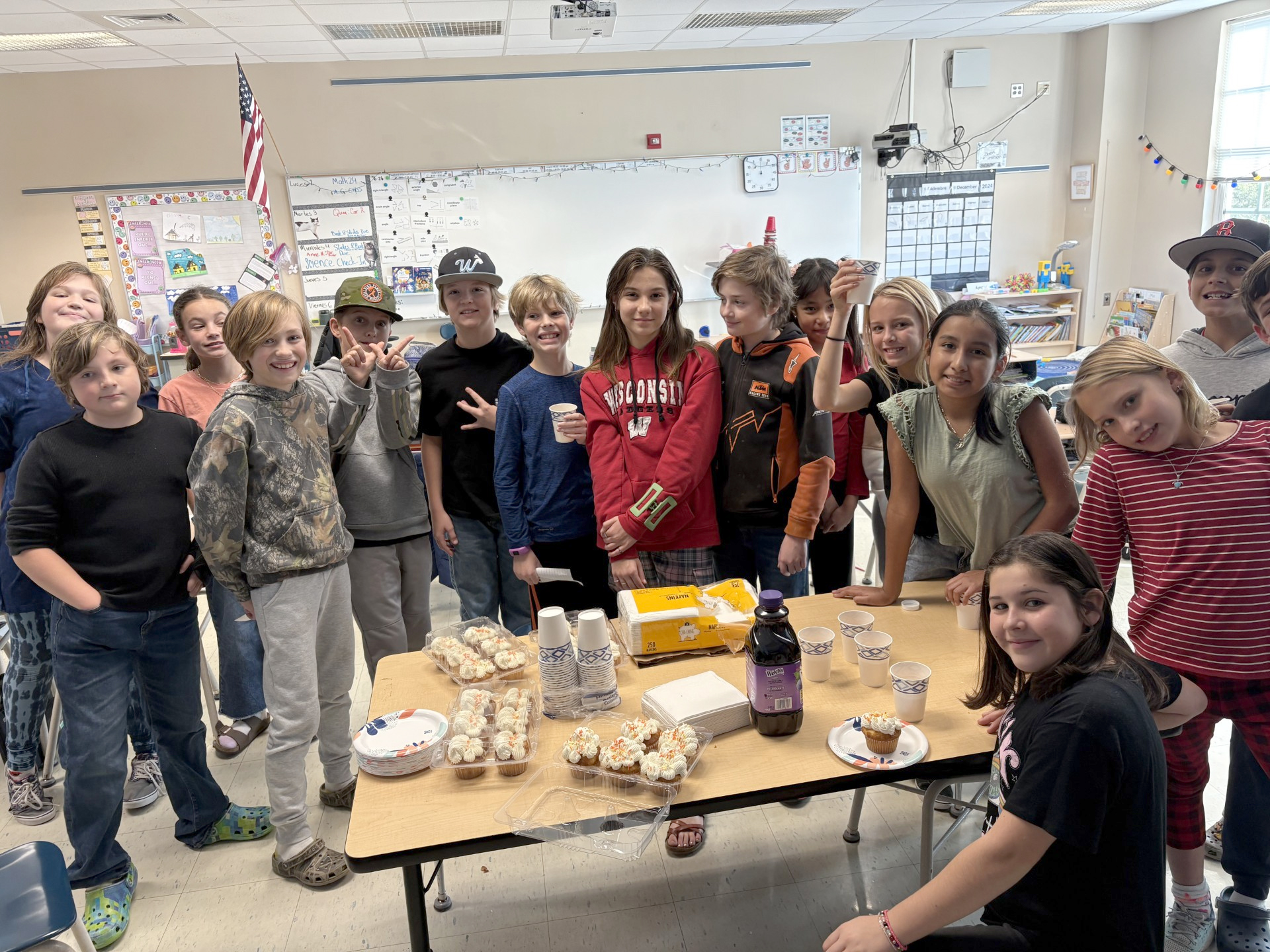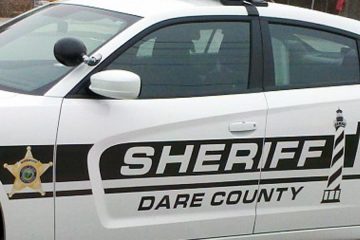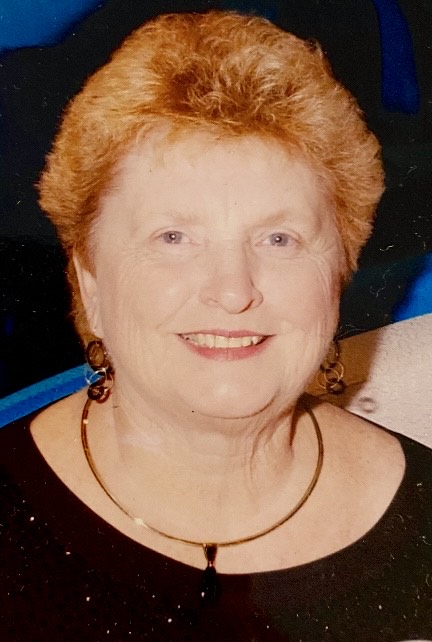Group to Honor Etheridge, Life-Saving Crew
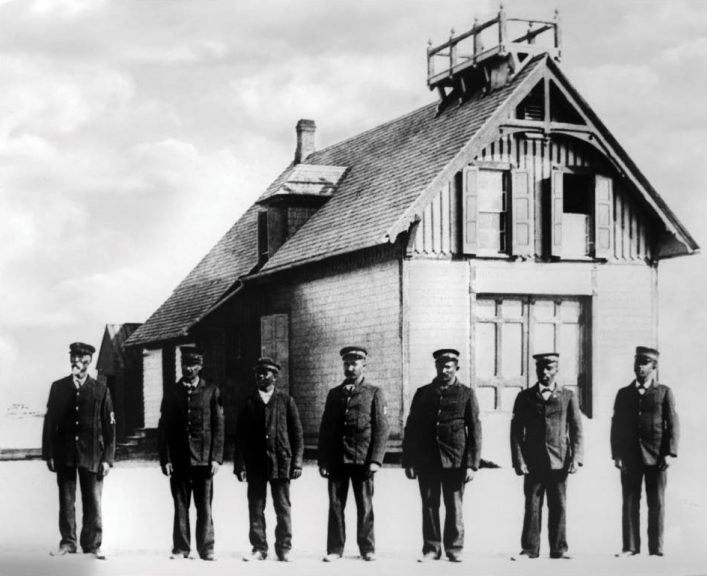
Capt. Richard Etheridge, a slave who was raised on Roanoke Island and taught to read and write, was the nation’s first African-American keeper of a United States Life-Saving Service Station.
The Pea Island Life-Saving Station, of which Etheridge was appointed as keeper in 1880, also made history as the only station with an all-black crew for most of its time in operation.
The nonprofit Pea Island Preservation Society is set to present this story, “Freedmen, Surfmen, Heroes: The Unique Story of Richard Etheridge and the Pea Island Life-Savers,” at noon Saturday at the North Carolina Aquarium on Roanoke Island. The program is included with regular admission. The four-member team will again share the history at 5 p.m. Saturday in the Paul F. Keller Meeting Hall, 1200 Duck Road, Duck.
“This all-black station here in the Outer Banks during a time when you had lynching in the south, Jim Crow, reconstruction, I think it’s a very compelling story. We’re telling the story for Black History Month, but it’s a story that needs to be told continually,” Joan Collins, creator of the program, told Coastal Review Online.
She said that there are many who are unaware of the role that the life-saving service played in the area and that the surfmen and keepers were the fabric of the community.
The Pea Island Life-Saving Station was opened in 1880, when Etheridge was appointed as keeper, and closed in 1947. Before his time at Pea Island, Etheridge served with Colored Troops during the Civil War.
Under Etheridge, the crew of the Pea Island Life-saving Station performed hundreds of rescues off the North Carolina coast. He and his crew are most known for the Oct. 11, 1896, rescue of the nine-member crew of the E.S. Newman. During a fierce storm, the three-masted schooner was blown 100 miles south off course and came ashore 2 miles south of the Pea Island station, according to the society’s website.
After Etheridge’s death in 1900, the station continued to be manned by African-American keepers and crew members until the station was decommissioned in 1947. In 1996, Etheridge and his crew were posthumously awarded the Gold Lifesaving Medal for the rescue.
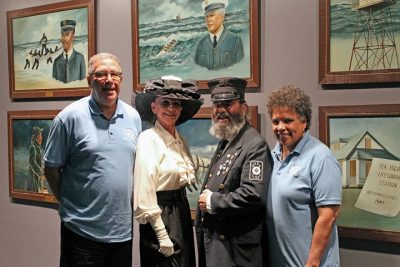
His “is a remarkable story, one which fittingly represents why celebrating Black History is so important,” according to the society.
The four-person team consists of first cousins and Pea Island Life-Savers descendants Darrell Collins and Joan Collins, as well as historical interpreters James Charlet and Linda Molloy, who wear period dress representative of the time Etheridge lived.
The Preservation Society team uses in the program imagery, reenactment and interpretation to share the story of Etheridge’s life and the events that led to his freedom, the role surfmen played, and the E.S. Newman rescue. The presentation also shares how black and white surfmen worked together to save lives, according to the society.
The family of Darrell Collins and Joan Collins is deeply tied to the Pea Island Life-Saving Station. Members of their family served at the station under Etheridge when he took command in 1880 and continued to serve until the station closed in 1947.
“We are excited to return to the aquarium for Black History Month this year, and we have also arranged to present there again this summer,” Darrell Collins, president of the society, said in a statement. “It is important for everyone to know the roles African-Americans have played in the community, especially in a community like ours that is not as diverse as other parts of the country.”
Joan Collins told Coastal Review Online that the program was first introduced at the aquarium in 2016, and since then, they’ve regularly been presenting during the summer, on Veterans Day and during Black History Month.
The program recognizes the significance of this story for black history.
“Etheridge was really a trailblazer with this station existing for 67 years,” she said. The fact that this station was manned by an all-African-American crew during this time frame is also compelling.
Joan Collins said that her father was the last surfman to serve at the station, and he helped with its decommission.
“He was the last one to close the doors in 1947 … he served there during the duration of World War II,” she said, adding that his father served as a substitute surfman and his grandfather served under Richard Etheridge. She also has a great-uncle that was the last keeper of the station.
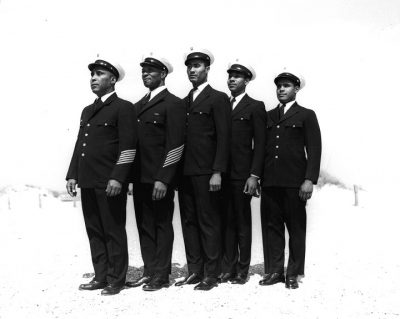
“That station opened the doors for opportunities for African-American men, not only for my family, but other African-American families in the area,” she said, explaining that it would not be possible for African-Americans to be afforded the opportunity to serve had it not been how Etheridge ran the service.
“He had a reputation for being one of the best on the coast,” and it opened doors for African-Americans to be able to get government positions at Pea Island.
“I know how proud my father was to serve,” Joan Collins said. As a child, her father always dreamed of wearing one of those uniforms and he felt like many other African-American men did in the area.
“’Freedman, Surfman, Heroes’ was presented as a catchy way to make people understand what the history is about,” she continued. “Thankfully we’re getting more and more interest when getting the message out to the community.”
She said she was surprised at how few people are aware of this history.
“Although it initially started as a way to teach the message to kids, we’re seeing more and more adults getting interested in the program.” The audience at the presentation the team gave Feb. 9 in the aquarium was mostly adults, she added.
“I’ve always said that you need to tell the history in a way that kids understand it. If you get kids to understand it, and see the significance of it, there’s the natural step to getting more adults interested in the story,” Joan Collins said, adding she hopes the program helps the audience understand the significance of this story, “Particularly the time frame that it occurred, it teaches about equal opportunity and fair treatment.”
In addition to the program being presented at the aquarium and around the community for Black History Month, for the last two years, the group has given the presentation to fourth-graders at all Dare County schools. In 2018, the society received a grant of nearly $30,000 by the Outer Banks Community Foundation to help continue educating the community. The group also presented during the dedication ceremony in 2018 of the new Capt. Richard Etheridge Bridge on Hatteras Island.
Another major project for the Pea Island Preservation Society is the Pea Island Cookhouse Museum in Manteo. The museum is in the original Pea Island Life-saving Station cookhouse building that was relocated in 2006 from Salvo, where it initially stood, to Collins Park. The cookhouse was renovated and opened to the public in 2008.
Joan Collins said they turned the cookhouse into a small museum that honors this history and they’re seeing an increased interest in the museum.
The museum, in addition to recognizing Etheridge and his crew, honors the service of other black men who served at the station until it closed in 1947, including Keepers Benjamin Bowser, Lewis Wescott, William Irving, George Pruden, Maxie Berry and Surfman Herbert Collins.
Black History Month in February recognizes and celebrates the contributions that African-Americans have made to American history.


